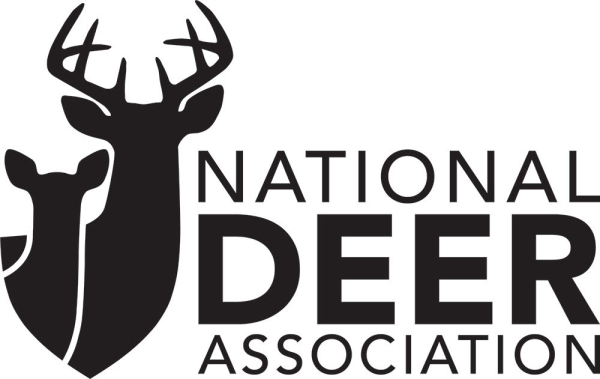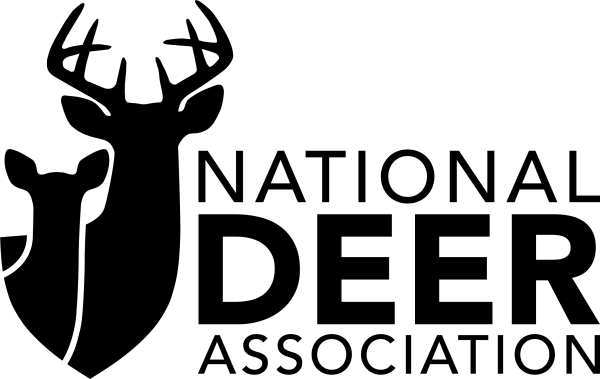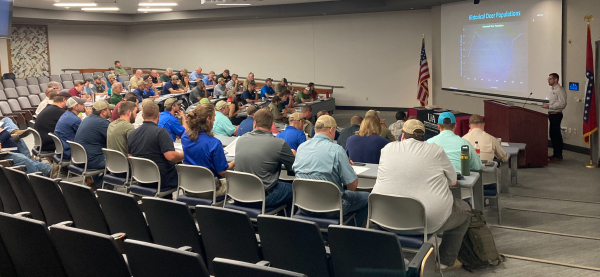QDMA Visits National Prion Center to Advance the Fight Against CWD

ATHENS, GA (August 22, 2018) – QDMA’s Director of Conservation Kip Adams recently joined a group organized by the National Deer Alliance (NDA) to visit the National Prion Disease Pathology Surveillance Center at Case Western Reserve University in Ohio. The meeting was intended to encourage collaboration between the wildlife management community and experts in human prion disease research to advance efforts to address the chronic wasting disease (CWD) threat to white-tailed deer.
“It was extremely refreshing to talk to prion experts removed from the wildlife field who have a different perspective on the CWD issue,” said Adams. “They don’t have to manage hunters or wildlife and can look at CWD strictly from a disease standpoint. That perspective will be very useful to the wildlife management community in trying to address the CWD threat.”
The National Prion Disease Pathology Surveillance Center was established in 1997 at Case Western Reserve University to monitor the occurrence of prion diseases in humans. Several European countries established surveillance centers in response to the epidemic of Bovine Spongiform Encephalopathy (BSE), also know as “mad cow disease,” but the Ohio surveillance center is the only one in the United States.
The Center acquires tissue samples (through biopsy or autopsy) from human prion disease in the United States, identifies the types of disease, and transfers the data to the Centers for Disease Control and Prevention (CDC) and state Health Departments to monitor prevalence and investigate possible cases in which the disease has been acquired from other humans or from animals.
The visiting group included QDMA’s Adams, Nick Pinizzotto of the National Deer Alliance, Scott Talbott of the Wyoming Game & Fish Department, Colin Gillin of the Oregon Department of Fish & Wildlife, and Ed Arnett of the Theodore Roosevelt Conservation Partnership. After touring the facility and learning how the center’s staff studies and tracks prion diseases in humans and animals, the two groups engaged in a discussion of opportunities for cooperation that could advance the goals of both.
“Prion diseases like CWD are very complex, and it just makes sense that we are working closely with the top prion scientists in the country,” said Nick Pinizzotto of the NDA. “This was an important meeting in the continued development of our partnership with the Prion Center team.”
“They have more prion tissue than anyone in the world right there at their facility in Ohio,” said Adams. “They’ve been engaged in the fight against CWD at a low level thus far, but it’s mostly because many of the parties involved in the fight don’t know each other. This visit has been a big step forward in the search for a solution to CWD.”
CWD is a disease of the central nervous system of deer and elk caused by deformed proteins called prions. It is always fatal, there is no vaccine or cure, and it spreads deer to deer through direct contact or contact with saliva, urine, feces, blood and body parts of infected deer or infectious materials in soil. To date there have been no reported cases of CWD infection in people, according to the CDC, however it is not known if people can become infected with CWD prions. Hunters in known CWD management areas are encouraged to have each harvested deer tested for CWD before eating the venison. To learn if your state is one of 25 where CWD has been found in whitetails, visit the website of the CWD Alliance, www.cwd-info.org.
About QDMA
Founded in 1988, QDMA is a national nonprofit wildlife conservation organization with 60,000 members in all 50 states and Canada, and several foreign countries. QDMA is dedicated to ensuring the future of white-tailed deer, wildlife habitat and our hunting heritage. To become a member or donor and support QDMA’s non-profit mission, call 800-209-3337 or visit www.QDMA.com. QDMA has been named a Four Star Charity by the independent Charity Navigator, their highest ranking, for efficient and effective use of resources in pursuit of its mission.






